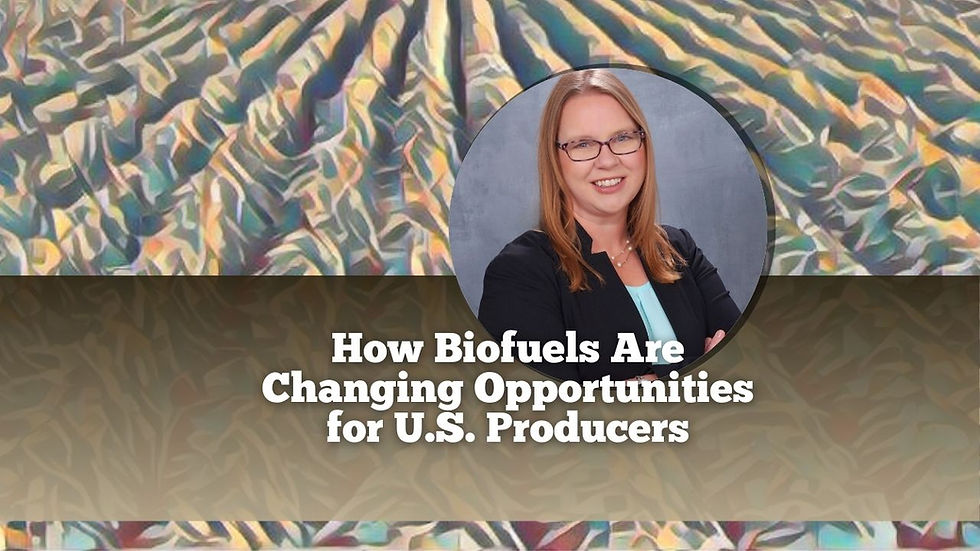High costs, thin margins push cattle producers to downsize and exit the industry
- cassiemillls
- Jun 9, 2022
- 3 min read
From drought conditions, poor market prices, high input costs, and on-going costs for health maintenance, many western Canadian cattle producers are starting to question how much longer they can stay afloat.
Some producers who are in drought-ridden areas are looking at selling off a portion of their herd out of necessity as their pastureland can no longer sustain the cattle’s nutritional requirements. Others are looking to sell off and downsize simply due to the year-over-year lack of profit, with some struggling to just break even.
Adrienne Ivey is a cattle producer and grain farmer in east central Saskatchewan, near Ituna. She says they are looking to cut their cow/calf operation and up the acres they farm for grain in the very near future. They have already started making cuts to their herd, she says.
But this decision does not come in the middle of a drought year for them.
In fact, Ivey says they couldn’t ask for better conditions for their forage acres. The decision to cut down on the beef side of their operation comes from the trials and tribulations felt year-after-year.
“We are cutting our cattle herd by over half, at our high point we were calving out 1,400 and our plan is to move it down to 500. It’s just a real lack of excitement about the industry,” says Ivey. “I think that people who are in the beef industry don’t mind the hard work aspect of it. Because it is a lot of work, and it is 365 days of the year. We don’t mind that as long as we’re going to get paid for it. And, and that’s where the lack of optimism comes in.”
She explains that risk management plays a big role in making these high-stakes decisions. With having ample experience on both the grain side and beef side, Ivey says for grain, just through crop insurance, they can secure a break even-point as a worst case scenario, beef producers do not have the same assurances.
Although there are programs in place, it doesn’t guarantee a profit or that an operation will break even on the year. If this happens enough, year-after-year, due to market prices and other contributing factors, it’s no wonder many are assessing their future in the industry.
If enough producers back out or downsize, that will likely be the first domino to be pushed and what falls after that is largely unpredictable and undetermined.
Included in this uncertainty is retailers such as Costco and Walmart who Ivey has spoken to directly and have told her, in the summer months, they can’t get their hands on enough high-quality Canadian beef. If the supply of that Canadian beef gets even smaller, Ivey poses the question of, what happens to those relationships — could we lose them altogether?
Additionally, businesses such as Cargill and JBS, could become less profitable if enough cattle producers downsize or cut out altogether. Ivey wonders how long these companies would maintain Canadian operations, could they go somewhere else as well?
These decisions are what could be on the horizon if Canada’s cattle producers do decide to decrease their herd and streamline operations in an effort to start making meaningful profit, however, as Ivey says, at the end of the day – it is business. She says even though the packers are making a pretty penny through all of this, why would they pay producers more if they didn’t have to, viewing it as a business play.
That being said, it is business, and unless optimism is somehow renewed within the industry, being in the business of raising cattle isn’t making sense for a lot of producers and the current conditions many are facing may expedite that decision making process.






Comments